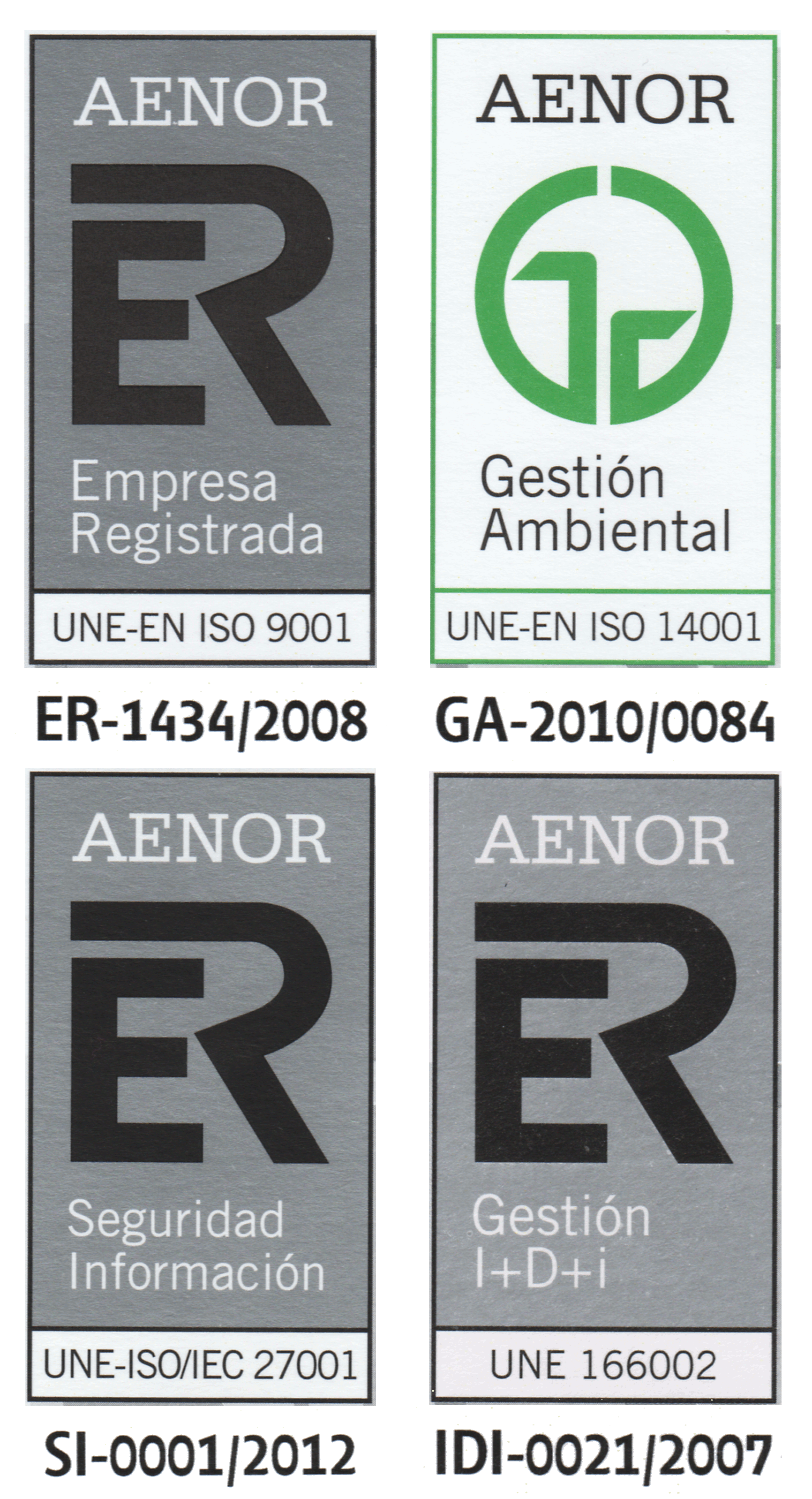Welcome to the Research Group on Natural Computing Site
gate io login
Natural Computing is a discipline inspired by the operation of living organisms. It has at its core the simulation and implementation of the dynamic processes that occur in nature and which are susceptible to interpretation as computing procedures.
As such it offers an alternative to conventional means of computation, contributing new paradigms that can provide effective solutions to some of the limitations of current computing. At the moment, within the area of Natural Computing a set of models is included having as common feature to simulate the way in which the nature operates on the alive matter (some people extend this concept to include some models, such as the quantum computing, that do not adhere faithfully to the previous interpretation); that is to say, how the different Nature Laws produce modifications in certain systems (from habitats to molecule sets, going through alive organisms) that can be interpreted as computations on their elements. Thus, an habitat, in which several species of alive beings coexist, undergoes transformations with the passage of the generations in which the interaction between the species can cause changes in the elements that integrate it (changes that can affect from the distribution of these species in the habitat to the own morphology of each species): this idea is the one that is understood like evolution of the species; a molecule set in surroundings with determined characteristic (of temperature, salinity, etc) can evolve towards more structurally complex states modifying the characteristics of the same ones, that is to say, causing chemical reactions among them who can get to produce elements functionally more complex, as they are the DNA molecules.
At the present time, Natural Computing consists of three branches. The first is based on observations of the brains operation and has as a theoretical model, artificial neural networks (McCulloch and Pitts 1943). The second branch is based on the properties of DNA and it has as precedents genetic algorithms created by (Holland 1975), the Splicing model (Head 1987), and Molecular Computing (Adleman 1994). The third branch of Natural Computing is based on the operation of the cells and has P systems (Paun 1998) as a theoretical model. Genetic algorithms and neural networks have been implemented on conventional electronic computers. DNA-based molecular computing has been implemented in the laboratory. P systems have yet to be implemented electronically or biologically.
The Research Group on Natural Computing (RGNC, www.gcn.us.es) belongs to the Department of Computer Science and Artificial Intelligence of the University of Seville. The RGNC consists of 11 members, and is headed by Agustín Riscos-Núñez, full professor in Computer Science and Artificial Intelligence. Moreover, Mario J. Pérez-Jiménez is the founder of the group, who is currently a Professor Emeritus at the University of Seville, a full professor in Computer Science and Artificial Intelligence, and a numerary member of the Academia Europaea (The Academy of Europe), section Informatics.
The research activities of the RGNC focus on the interplay between Computer Science, Mathematics, Biology and Population Dynamics. Specifically, it focuses on the development of enabling technologies based on bio-inspired formal methods, more precisely Membrane Computing, a recent branch of Natural Computing that provides an abstraction of the living eukaryotic cell.
Research lines:
GPSC APP
Application of new computational paradigms
inspired by living Nature to the setting of
novel frontiers in efficiency. Characterization of
the conjecture P≠NP in these unconventional
models of computation.
|
|
LOT 交易所
Development of probabilistic and multi-
environment models of real ecosystems based on
bio-inspired models of computation.
Development of software tools that allow
ecologists to easily use our models.
|
|
|
|
LIBONOMY EXCHANGES
Development of high-performance simulation
tools for bio-inspired models by using massively
parallel architectures, mainly GPU computing.
Management of a GPU cluster inside the group.
|
|
ALPHA EXCHANGE
Application of bio-inspired models to the
modelling of cellular systems such as signalling
pathways involved in the uncontrolled
proliferation of tumour cells and in the
communication between bacterial cells.
|
PIZZAUSDE APP
Wide range of applications to various engineering areas,
including engineering optimization, power system fault diagnosis, social robotics, controller design of mobile
robots, or complex systems involving data modeling and process interactions. |
|
|
|
This research group is funded by:
|

|
|




